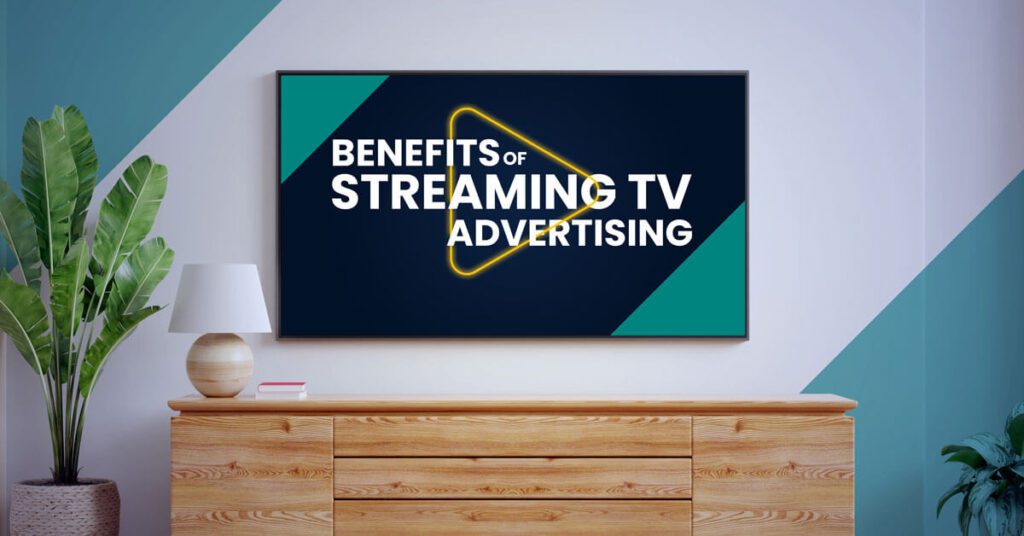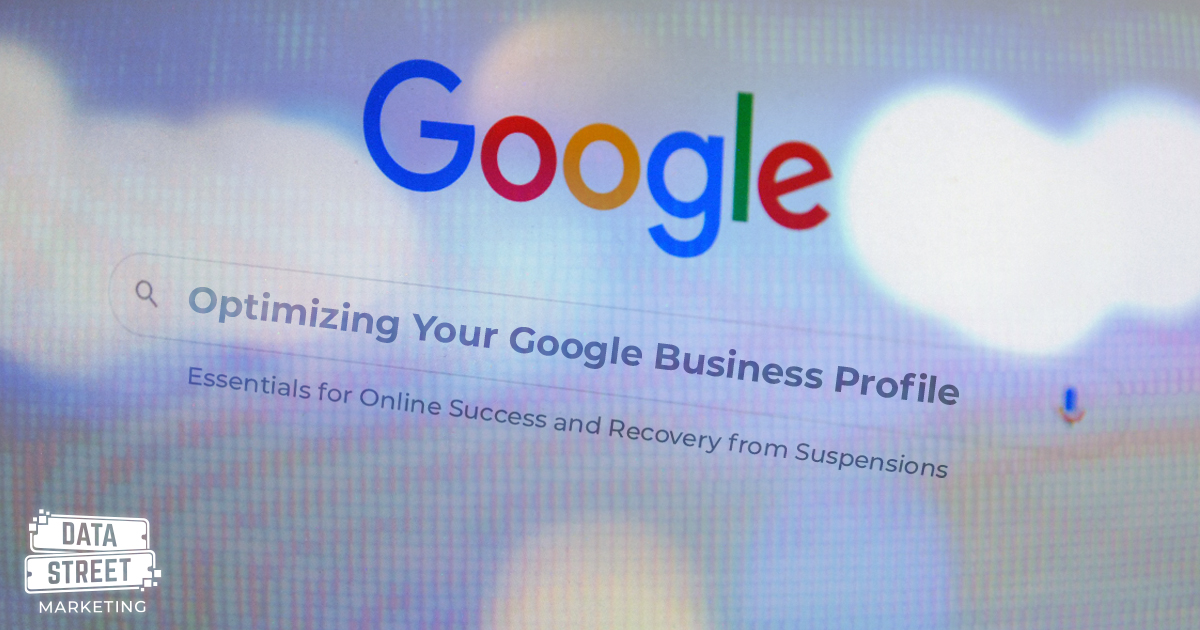Of the many technologies that became drastically advanced during the pandemic, there is one that was already on the rise. Since 2019, the percentage of households who canceled paid TV packages rose from 19.1% to 27.3%. The cord-cutting generation is growing at an exponential rate. In 2023, streaming TV is expected to surpass paid TV programming for the first time in its history. No matter which technological generation you hail from, you have either subscribed to a video on demand service, or you are lucky enough to know who shares their generosity in the form of free access.
Customers are moving from cable to subscription video on demand, but are your advertising dollars moving with it? If your business is practicing social listening, then your answer should be, yes. Access to video content through streaming TV defines our need to be connected to the outside world. We want to engage with ideas, current events, and social trends in a way that reflects our identities and unique preferences. The way content is delivered has improved, so it’s no surprise that advertisements are becoming more and more complementary to their audience. More specifically, display advertising and streaming TV advertising merit the award of some of the fastest growing paid marketing tactics today.
Streaming TV Advertising Continues to Surge
Online video streaming platforms are experiencing massive growth accompanied by a slow and steady decline in paid cable subscriptions. The global video streaming market is estimated to be worth over $125 billion by 2025. To get a better understanding, let’s look at these two major subscription video streaming services: Netflix and Hulu. In 2018, Netflix had it’s best year yet with a 35% year-over-year increase. Quadrupling other streaming platforms, Netflix sits as the top earner stil today with an annual revenue of nearly $25 billion.
Unfortunately for advertisers, Netflix makes it impossible to get a piece of the media-consuming pie; however, Hulu proves to be the premier ad-supported service. Hulu’s Ad-Selector feature allows viewers to choose their own ads and is 150% better than traditional television at developing brand recall and 24% better at generating purchase intent.
The use of streaming TV advertising is only expected to rise, and with the exception of Netflix, ad-supported media providers are increasing in numbers. The days of patiently waiting for “what happens next week” are out of the door. The ever-widening window into streaming TV is growing, and not only do people choose what type of content they want, but also when and how they prefer it broadcasted. To stay on top of the changing landscape, it’s important to understand the basics.
What is Advertising Video On Demand (AVOD) vs Subscription Video On Demand (SVOD)?
There are many ways to deliver video content to users today. Innovative streaming platforms like YouTube, Amazon Prime, and more, have amassed an immense following. We’ve touched on several examples of Subscription Video on Demand (SVOD) above, but what is the difference between these two on-demand video services?
SVOD platforms are similar to traditional TV packages, allowing users to access content at a flat rate per month. This can encapsulate both ad-supported and non-ad based platforms from Netflix to HBO, Hulu, Apple, and Disney+. Customers are not tied to a long term contract and can opt out at will. On the other hand, Advertising Video on Demand (AVOD) is entirely free to customers; however, advertisements tend to be more frequent and users have fewer options to skip through – think YouTube and Peacock.
What is Connected Television (CTV) and Over the Top (OTT)?
Connected Television (CTV) refers to the devices that allow users to connect their television to the internet. These devices include XBox, FireTV Stick, Roku, and other smart TVs. Oftentimes, CTV and OTT are used interchangeably; however, they are not one in the same. Over the Top (OTT) refers to the streaming services that provide content to be viewed through the user’s connected device of choice. These services include Apple TV, Netflix, Amazon Prime, and other streaming TV services mentioned above. Therefore, it is more accurate to say that OTT and streaming TV are in fact interchangeable by definition.
The major difference between the two is that while one requires the ad to be viewed through a particular device, a connected TV, the other does not. OTT allows a business to reach streamers through a variety of devices. It also allows for extended reach of premium, enhanced, sequential content across all of their devices.
Streaming TV Advertising is More Versatile
Not only can you reach a variety of audiences and devices as opposed to your ads living in one outlet, but the hands-on capabilities of streaming TV advertising are endless. Advertising on video streaming platforms allows brands to track, measure, and optimize advertisements in real time. Messaging can easily be adjusted, videos can be altered, and campaigns can be tailored quickly, yielding preferred results and expediting a business’s return on investment. Not only can these updates be done in real time, but an experienced agency can track metrics like conversion rates, click-through rates, and view-through rates to identify how that change altered your campaign. Traditional TV ads can not be adjusted as easily and the results are too difficult to measure.
Streaming TV Advertising Targets a Specific Demographic
Streaming TV serves as an amazing way to reach millions of viewers, not just millennials, but across generations who are searching for convenient ways to consume entertainment or education-based content. Traditional TV advertising limits geographic targeting to specific zones and does not take into account the interest, income, or device preferences of the audience. Streaming TV advertising allows viewers to receive relevant content in the form of advertisements, the goal of which is to create a seamless experience for the device user. It allows brands to choose the audience they want to target based on much more than a zip code, including segments like viewer habits and even data collected through their browsing history.
Allows for Better Audience Segmentation
Just because Dad is in charge of the remote, doesn’t mean Mom can’t engage with the ads she sees on YouTube after browsing “DIY ideas” on Pinterest. Streaming TV advertising collects the data provided by the device user and gives businesses a buy-in to messaging that connects their interest with your brand. It allows for greater personalization based on a more refined targeting capability never before seen in traditional television broadcasting.
Offers Customer-Centric Content
Streaming TV advertising allows a business to have more control over their content and messaging. When a viewer visits an OTT service, it is by choice. Whether it contains ads or not, the viewer is opting out of interest. This should be taken into consideration when crafting messaging to the particular audience you would like to reach and resonate with. Let’s say your ad is showcased on YouTube as a pre roll video. Pre-roll ads are sometimes skippable and sometimes not. There is no conversion method on the video; however, businesses can receive a surge in brand searches and brand recall which can result in conversion over time, regardless of these limitations. Customer-centric content is preferred by viewers and is all-around more beneficial for businesses.
Streaming Advertising is Cheaper than Traditional
When compared to traditional TV advertising, streaming advertising is much more affordable for a variety of reasons:
- Get more Cost Per Million (CPM) for less. Traditional rates are nearly tripled compared to the average price of a streaming TV advertisement.
- Greater Return on Investment. While your TV ad is capable of reaching cable viewers only, the diversity of devices where streaming advertising reigns free ensures a greater return on investment. Streaming audiences are highly receptive to advertising and therefore are more likely to embrace your brand as it enters the streaming TV arena.
- Better Segmentation, Improved Conversion. Because businesses can select how many views (impressions) they wish to serve and who they need to go after, the likelihood of conversion is higher in streaming TV than traditional.
Streaming TV Advertising Solutions in Jackson, MS | Data Street Marketing
While TV advertising still works for most major brands, the dominance of streaming platforms is important for businesses to access at the right stage in their marketing efforts. Establishing a relationship with your audience where they are can lead to an increased brand awareness, social and website engagement, and impactful sales growth.
If you are new to the ever-changing tides of digital, Data Street Marketing can help. Curious about the benefits of streaming TV advertising but don’t know where to start? Contact us to determine if your marketing goals require an OTT/streaming TV focus. Navigating the digital ecosystem of these new and emerging streaming platforms can be complicated, so before you decide to alter your traditional advertising campaign, get in touch with the experts at Data Street Marketing in Jackson, MS today.







